Word Count: 1,301
Average Read Time: 5 minutes
If you'll recall from last week's post, at the top of our pyramid was the "optimal" section. Over the next four weeks, we'll be discussing all of the variables involved in creating a workout plan that will help you achieve your dream body. Below is another pyramid arranging these variables in order of importance. (Remember, if we break a level of the pyramid, every level above it comes crumbling down.)
We will start with Volume, Intensity, and Frequency. We're covering all three of these together because they are the three pillars all workout programs are built on. First, let's discuss volume.
Volume
Volume is the total amount of work performed per muscle group per week. There are many different methods of tracking volume. The method we're going to be focusing on is set volume. Set volume is simply the total number of sets performed for a specific muscle group per week.
NOTE: Warm up sets do not count toward your total weekly sets.
According to multiple studies, doing more total weekly sets leads to more muscle growth. [1][2][3][4] That may be the most obvious statement of the century, but don't let yourself get carried away. Those same studies that show more sets equal more growth also show that as you continue adding sets, you begin to get diminishing returns.
The point at which results start to diminish for the average gym goer is around 10 weekly sets per muscle group. After passing this threshold, each additional set will provide less and less results.
The point at which adding extra sets stops providing additional benefits altogether isn't as well studied, but expert opinion, including the opinion of the researchers themselves, puts this limit at approximately 20 sets. On paper, that would look like the graph below. (Keep in mind, this is just a visual representation, not a graph pulled from a study.)
A possible reason for these diminishing returns could be due to limited recovery ability. The more you do in the gym, the harder it is to recover. Going over the 20 set mark could burden your recovery to the point where your gym sessions aren't as effective, resulting in less muscle growth. [5]
Volume Recommendations
Start at 10 sets per muscle group per week. If you plateau, add more sets. As you approach the 20 set mark, pay close attention to your recovery. If you plateau, but are still recovering well between sessions, you're probably safe to add in a couple more sets. On the other hand, if you plateau and are having a hard time recovering between sessions, the answer may be to take a few sets away, at least for a while. (We will talk about this more next week.)
Intensity
When you hear the term intensity, you may immediately think of how hardcore a workout is. Despite how it may sound, intensity simply refers to the weight being lifted. Unlike volume, intensity targets are very goal specific.
If you want to get stronger, you'll need to perform heavy weight low rep sets. [6] If you want to improve muscular endurance you'll need to perform light weight high rep sets. [6] Muscle growth can be achieved at multiple rep ranges. [7] (Click to tweet this.)
If your primary goal is strength, you may take what I just said and decide all of your total volume needs to come from sets of less than five reps, but let me caution you. A study by Gonzalez-Badillo examined three groups of competitive weightlifters.
They each performed the same amount of total work; however, each group was assigned a different number of their total reps to be performed at 90-100% of their one rep max. One group performed 46, another 93, and the final group 184 of their total reps.
Contrary to what you may have expected, the study found that the middle group actually produced the most strength gains [8]. While the third group's training might have been much more specific to their goal, it's important to keep in mind that heavy lifting is more demanding on your body.
It's likely this led to excess fatigue that prevented their training from being as productive. Lastly, it's important to keep in mind that constantly training close to your one rep max puts you at a higher risk of joint pain and injury. [9] In other words, if your goal is strength, you do want to train with heavy weight low rep sets most of the time, just not all of the time.
If your primary goal is endurance, you have lots of flexibility. Based on the nature of this goal, the more reps you perform the better; however, if you're also concerned with muscle growth, I will caution you to not get too carried away because sets start becoming less effective at building muscle around 30 reps. [10]
Intensity Recommendations
The following recommendations for how to distribute your total volume are based on if your goal is strength gain, muscle growth, or endurance.
Strength: Perform 2/3 to 3/4 of your total volume in the 1-5 rep range and the rest in either of the two other rep ranges.
Muscle Growth: Perform 2/3 to 3/4 of your total volume in the 6-12 rep range and the rest in either of the two other rep ranges.
Muscular Endurance: Perform 2/3 to 3/4 of your total volume in the 13-30 rep range and the rest in either of the two other rep ranges.
Frequency
Frequency is the most straightforward of the three variables at the base of our pyramid. Frequency is simply the number of times we train a specific muscle group each week. Studies have clearly shown that training a muscle twice per week is more effective for both strength gains and muscle growth. [11]
Studies haven't shown definitively whether or not training a muscle group three or more times per week is more beneficial than two times per week, but from a practical perspective, adding a third session will make it easier for you to add more total volume.
Frequency Recommendations
Train each muscle group 2 - 3 times per week. This could be most easily accomplished by performing three full body workouts or four workouts that alternate between upper body and lower body. You can add more sessions per week if needed to accommodate your weekly training volume.
Takeaway
Volume:
Perform 10 - 20 sets per muscle group per week. Start at the low end and add sets if you plateau.
Intensity:
If primarily concerned with strength, perform 2/3 to 3/4 of your total volume in the 1-5 rep range and the rest in either of the two other rep ranges.
If primarily concerned with muscle growth, perform 2/3 to 3/4 of your total volume in the 6-12 rep range and the rest in either of the two other rep ranges.
If primarily concerned with muscular endurance, perform 2/3 to 3/4 of your total volume in the 13-30 rep range and the rest in either of the two other rep ranges.
Frequency:
Train each muscle group 2 - 3 times per week (or as needed to accommodate your weekly training volume).
Thank you so much for reading! If you found this information helpful, share it with a friend. I would appreciate it and I know they will too. If you like what I have to say, sign up below to become a Treadaway Training insider and get notified for each post and video. I will be back here Thursday with another fat loss topic. As always, God bless you AND your family and I'll see you Thursday.








